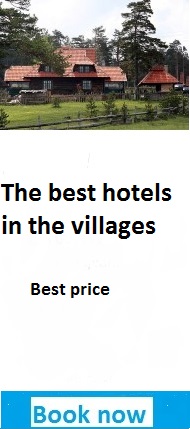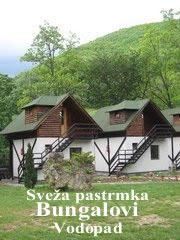The Sava
Navigation Guide from km 0 to km 207 from the Confluence with the Danube
The Ancient Greeks believed that the Sava was part of the Danube, so according to an interpretation of the Golden Fleece legend, the first Argonauts of the ancient Europe, Jason and the Agro crew, travelled from the Danube along the Sava and reached the Adriatic Sea. It was the Romans, acquiring knowledge of hydrography during their conquests, who realized that they are two different rivers, and named them Sava – Savus, and the Danube they named Danubius.
For many generations it was taught in schools that “the Sava is our longest river” – it was during the times of “Greater Yugoslavia”. Today the Sava runs through four countries: Slovenia, Croatia, Bosnia and Herzegovina, and Serbia. From the Yugoslav geography textbooks the students could learn the Sava is formed of two rivers, the Sava Dolinka (the Sava of the Valley) and the Sava Bohinjka (the Sava of Lake Bohinj), meeting near the place of Radovljice, Slovenia, at 412 meters above sea level. The Sava is 945 km long, and the area of its watershed is 95,720 square kilometers. Until it reaches the city of Ljubljana the Sava is a fast mountain river and runs through Kranjska Kotlina and Ljubljanska Kotlina basins, and along its course to Zagreb the inclination suddenly decreases and the Sava becomes a slow lowland river. At Brežice it enters the Pannonian Plan, and runs along its south boundary until it joins the Danube. The Sava is the second longest tributary of the Danube, only the river Tisa is longer, but the Sava is the one richest in water.
The river Sava now has a great future when it comes to the development of nautical, fishing and hunting tourism, as well as eco-tourism. It was this future that motivated the Tourist Organization of Vojvodina to carry out the research and prepare this nautical and tourist guide before you.
Navigating along the course of the river Sava through Serbia and Vojvodina, from Belgrade to Jamena, we noted everything that may be a challenge for the navigators. As in an serious nautical story, we will start from the mouth to the source, in the wake of Argonauts, along a possible route of any vessel leaving the most important European river – the Danube for the most important Balkan river – the Sava.
During the times of the SFR Yugoslavia the Sava was navigable from Belgrade to the mouth of river Kupa (at. Km 583), and boats and smaller yachts could reach even the place of Rugvice (at km 633), which is 37 km downstream from Zagreb. The Sava is more and more often travelled for sport, pleasure, fun, meeting new people and seeing new landscaper. Its waters are rich in quality river fish, and game is plentiful in the green forests of the riparian belt. Boats and smaller yachts often travel the river from Belgrade to Obrenovac.
Intensive tourism traffic is expected on the stretch from Belgrade to Obedska Bara wetland. Many boaters and hunters take their customary routes to Sremska Mitrovica, and even further, to the mouth of the river Drina and Sremska Raca.




